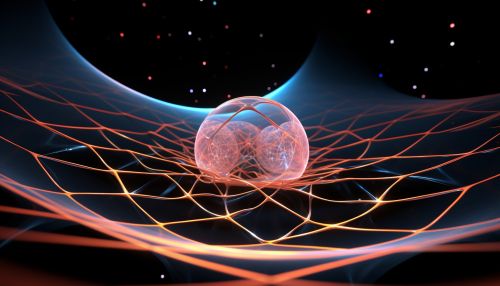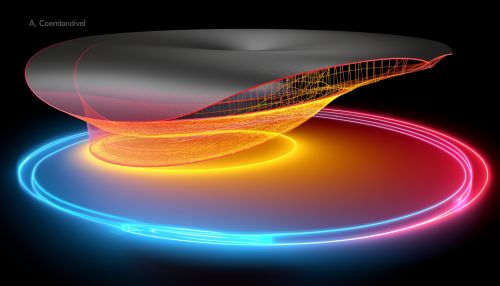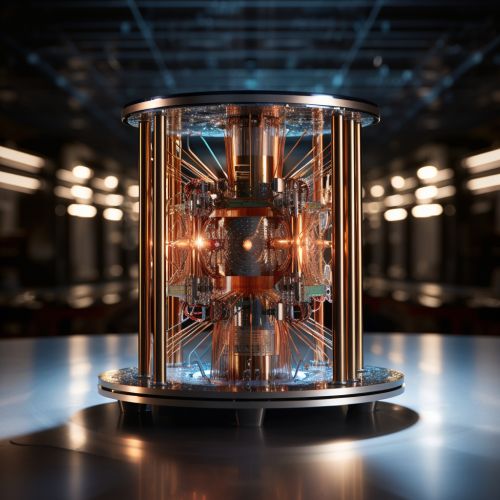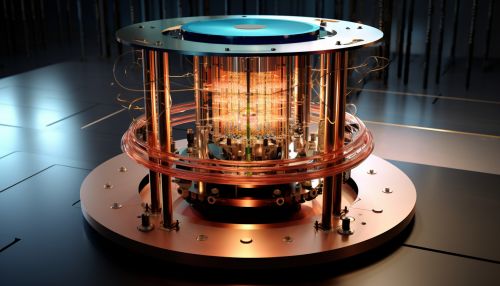Cooper Pair
Introduction
A Cooper pair, named after physicist Leon N. Cooper, refers to a pair of electrons in a superconductor that are bound together at low temperatures. This pairing mechanism, a key concept in the Bardeen–Cooper–Schrieffer (BCS) theory, is responsible for the phenomenon of superconductivity.


Theoretical Background
The Cooper pair is a state of two electrons in a superconductor, each with opposite momenta (k, -k) and spins (↑, ↓), resulting in a total spin of zero. This is known as a spin singlet state. The existence of such pairs was first proposed by Leon Cooper in 1956[1].
Cooper Pairing Mechanism
The Cooper pairing mechanism is a fundamental aspect of superconductivity. It explains how electrons, which normally repel each other due to their like charges, can form pairs and move through a lattice without resistance.


Phonon Exchange
The pairing of electrons is mediated by the exchange of phonons, quanta of lattice vibrations. An electron moving through a lattice causes a distortion in the nearby positive ion cores. This distortion propagates through the lattice as a phonon. Another electron, encountering the phonon, can absorb it, causing the two electrons to become correlated.
Energy Gap
The formation of Cooper pairs leads to an energy gap in the density of states of the superconductor. This gap, known as the superconducting gap, is a measure of the energy required to break a Cooper pair and create two free electrons. The existence of this gap is a key feature of superconductivity and is directly related to the critical temperature below which a material becomes superconducting.


Properties of Cooper Pairs
Cooper pairs exhibit several unique properties that distinguish them from individual electrons in a conductor.
Zero Resistance
Cooper pairs move through the lattice without scattering off impurities or lattice vibrations, resulting in zero electrical resistance. This is a direct consequence of the quantum mechanical nature of Cooper pairs, which form a macroscopic quantum state known as a Bose-Einstein condensate.
Quantum Entanglement
The two electrons in a Cooper pair are quantum entangled, meaning the state of one electron is instantaneously connected to the state of the other, regardless of the distance between them. This property has been used to realize quantum computing and quantum teleportation experiments.
Applications of Cooper Pairs
The discovery of Cooper pairs and the understanding of their properties have led to numerous applications in the field of low-temperature physics and technology.
Superconducting Magnets
Superconducting magnets, which rely on the flow of Cooper pairs, are used in a variety of applications, including MRI machines and particle accelerators.
Quantum Computing
Cooper pairs are also used in the construction of qubits, the basic units of information in quantum computing.


See Also
References
- ↑ Cooper, L. N. (1956). Bound Electron Pairs in a Degenerate Fermi Gas. Physical Review, 104(4), 1189–1190. doi:10.1103/physrev.104.1189
